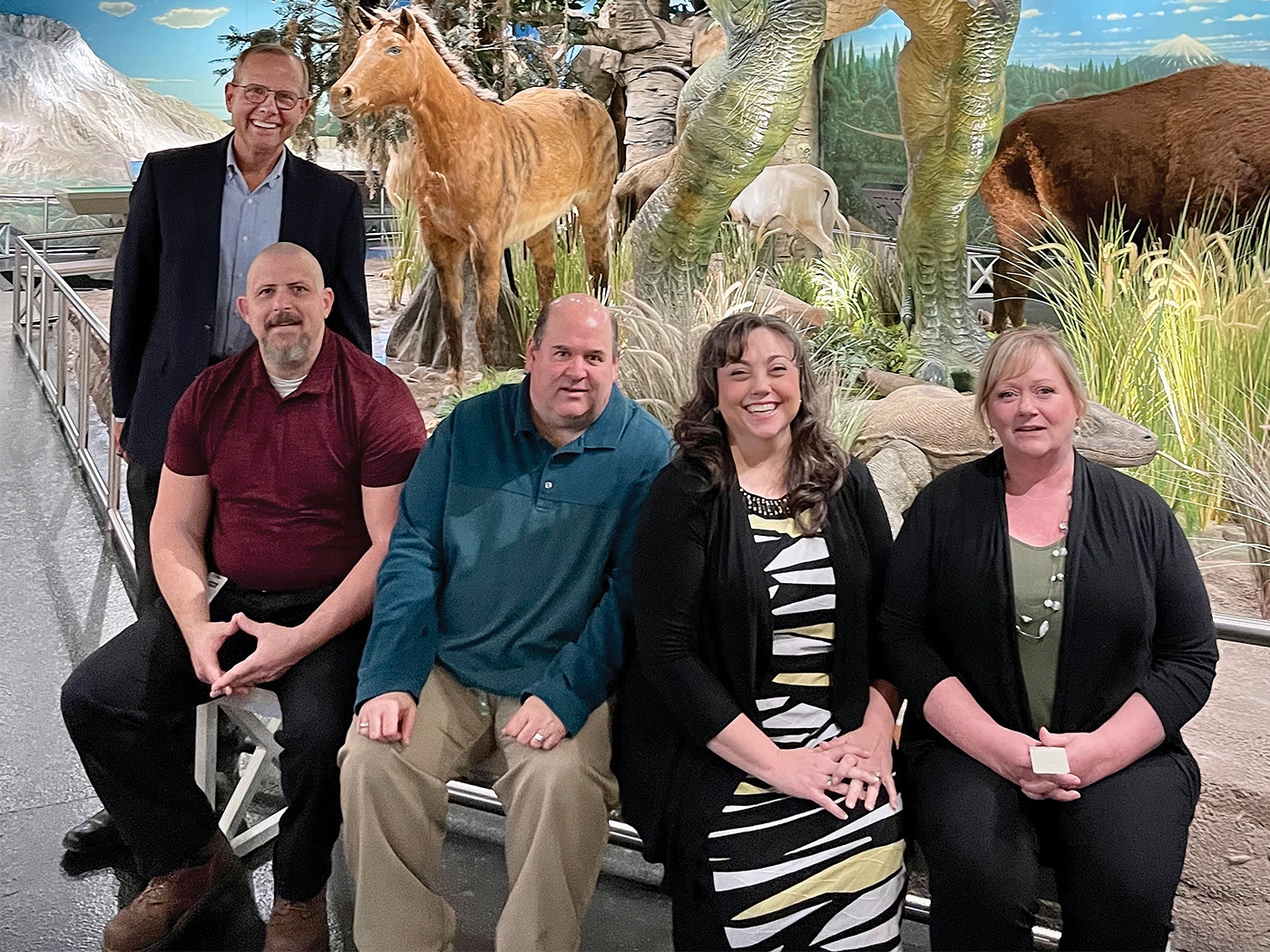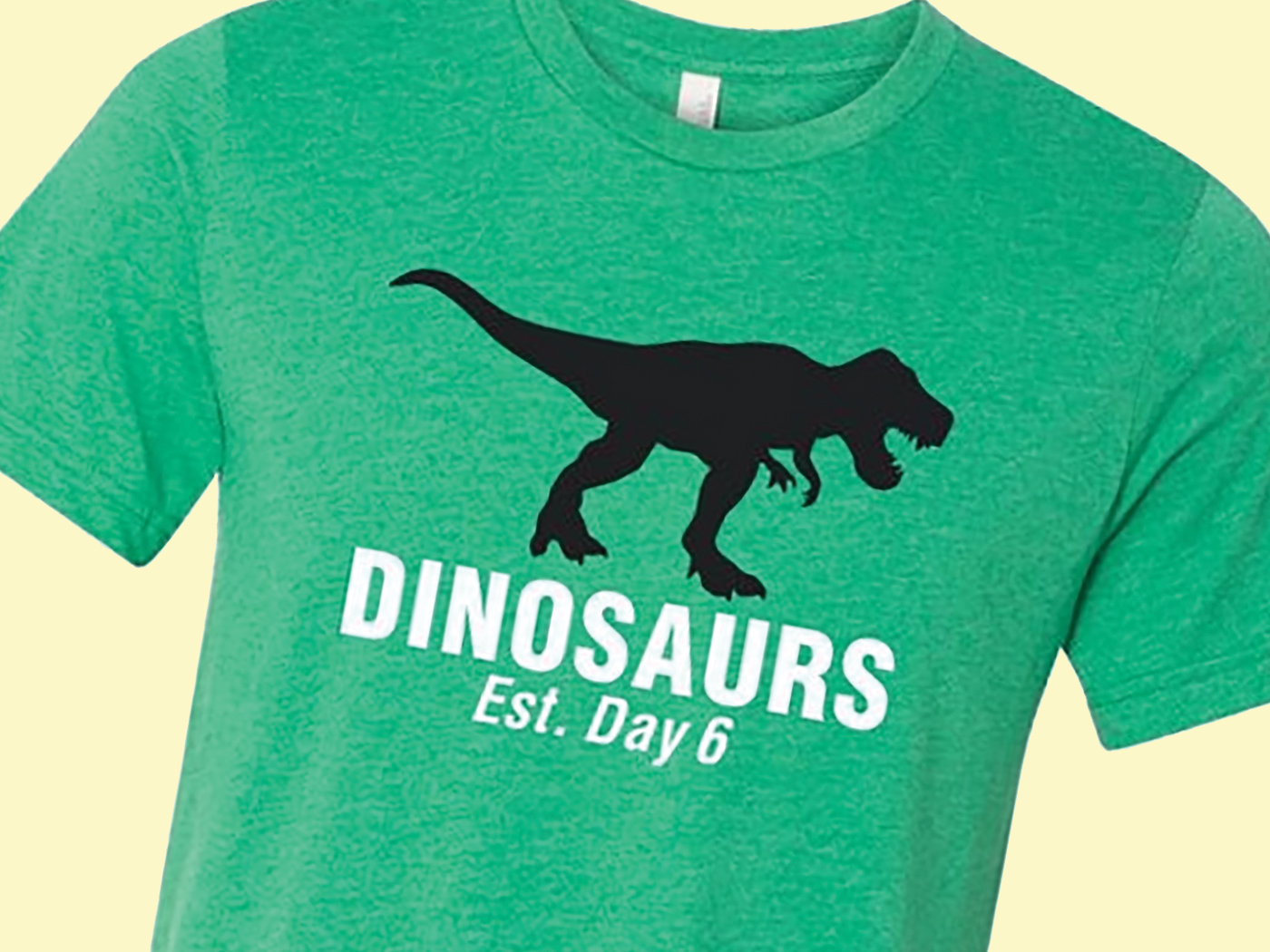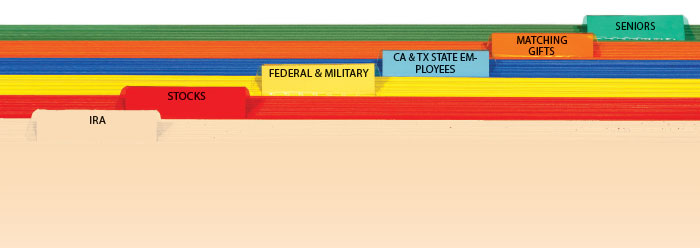The 1986 book by Michael Denton, "Evolution: A Theory
in Crisis," is a secular critique of orthodox Darwinism.
It is thoughtful, logical, empirical and well-written. Denton
is sympathetic and fair, showing rare insight and compassion
towards Charles Darwin. He distinguishes "microevolution"
from "macroevolution." The first occurs within genotypes.
Darwin's Galapagos finches illustrate microevolution, as does
the circumpolar overlap among species of gulls, and the many
varieties of fruit flies in the Hawaiian islands. However, selective
breeding of pigeons, chickens, turkeys, cattle, horses, dogs,
cats, and many other domestic animals yields similar results
over less time.
Macroevolution, the second type, had to occur if evolution
were to get to the first cell, or to leap across genotypes,
say, from a reptile to a bird. While microevolution is evident
in the geographical distribution of many living species[2]
and in selective breeding, it sustains only Darwin's "special"
theory of evolution--variation within genotypes. The "general"
theory, change across types on the other hand (macroevolution),
requires upward rather than lateral movement.
For macroevolution the problem is how fully developed viable
life-forms might arise completely by accident. Denton cites
Monod who said, "Chance `alone' is at the source of every
innovation, of all creation in the biosphere. Pure chance, absolutely
free but blind."[3] Chance supposedly
gave rise to the first organism--perhaps a bacterium, alga,
or protozoan. Later, the theory says, chance resulted in complex
invertebrates and plants, followed by fish, then amphibians,
reptiles, birds, and, finally, mammals.
According to Denton, proof of such a sequence requires at least
one of two kinds of evidence: either an unbroken chain of transitional
fossils or surviving intermediates; or, plausible reconstructions
of such series together with their respective ecological niches.
The trick is to show how each link could be viable long enough
for the next to get going. Only by establishing complete transitional
series can the hypothesized connectedness in the hierarchy of
genotypes be made plausible--empirical proof, of course, is
a much taller order. Here the issue is mere plausibility. If
such transitions ever happened, intermediate forms should be
found in the fossils and in living organisms. Existing classes
should overlap. Clear boundaries ought to be exceptional rather
than normative.
Though Darwin hoped fossil transitions would appear eventually,
none did. Only trivial cases of microevolution, hardly rivaling
selective breeding, were evident. Nor for more than a hundred
years would any accurate measure of distances between existing
classes become possible.
Or, take the Coelacanth. On the basis of fossil evidence, evolutionists
believed it was intermediate between fish and amphibia. Reconstructions
showed Coelacanth to have both amphibian and fish-like characteristics.
Later, live Coelacanths turned up in the Indian Ocean near Cape
Province, South Africa. They were fish. The reconstructions
had been wrong. All of which shows that fossils provide a poor
basis for detailed inferences about proposed links between classes.
However, Denton points out that advances in microbiology make
possible a new sort of evidence. It is now possible to compare
directly the basic building blocks--the proteins--of living
things. Denton notes that proteins determine "all the biology
of an organism, all its anatomical features, its physiological
and metabolic functions. . . ."[4]
It is hard to believe that protein structure and evolution could
be unrelated. Denton writes: The amino acid sequence of a protein
from two different organisms can be readily compared by aligning
the two sequences and counting the number of positions where
the chains differ. [5]
And these differences
can be quantified exactly and provide an entirely novel approach
to measuring differences between species. . . .
As work continued in this field, it became clear that each
particular protein had a slightly different sequence in different
species and that closely related species had closely related
sequences. When the hemoglobin in two dissimilar species such
as man and carp were compared, the sequential divergence was
found to be about fifty percent. [6]
Such comparisons make possible the testing of hypotheses suggested
by neo-Darwinian orthodoxy. For instance, suppose bacteria have
been around much longer than multicellular species, e.g., mammals.
Suppose further that bacteria are more closely related to plants
than to fish, amphibian, and mammals, in that order. If so,
we should see evidence of these facts in the sequences of amino
acids of common proteins. For example, all the mentioned groups
use cytochrome C, a protein used in energy production. The differences
in that protein should fit an evolutionary sequence. However,
bacterial cytochrome C compared with the corresponding proteins
in horse, pigeon, tuna, silkmoth, wheat, and yeast show all
of them to be equidistant from the bacterium. The difference
from bacterium to yeast is no less than from bacterium to mammal,
or to any of the other classes.
Nor does the picture change if we choose other classes or different
proteins. The traditional classes of organisms are identifiable
throughout the typological hierarchy, and the relative distances
between them remain similar regardless of hypothesized evolutionary
sequences. For example, Denton observes that amphibia do not
fall between fish and terrestrial vertebrates. Contrary to the
orthodox theory, amphibia are the same distance from fish as
are reptiles and mammals. [7]
In all comparisons, the hypotheses of general evolution are
false. Denton writes:
The really significant finding that comes to light from comparing
the proteins' amino acid sequences is that it is impossible
to arrange them in any sort of evolutionary series. [8]
The upshot is that
the whole concept of evolution collapses[9]
[because] the pattern of diversity at a molecular level conforms
to a highly ordered hierarchic system. Each class at a molecular
level is unique, isolated, and unlinked by intermediates.
[10]
Moreover, accidental design adjustments, as necessary for general
evolution, are logical disasters. Random mutations from radiation,
replication errors, or other proposed sources, rarely result
in viable design adjustments, never in perfect more advanced
designs.
Evidence for general evolution is altogether lacking and predictions
from the theory are false. Darwin confessed that
the distinctness of specific forms and their not being blended
together by innumerable transitional links is a very obvious
difficulty. [11]
Still he insisted on gradual change due to natural selection
which he said
can produce no great or sudden modifications; it can act
only by short and slow steps. [12]
More than a century later the fossil record still does not
fit Darwinian orthodoxy. Ironically, by admitting this "trade
secret of paleontology"[13] Harvard
professor Stephen Jay Gould has achieved fame and glory. From
Darwin forward, everywhere in the biological hierarchy researchers
came to uncrossed chasms. Yet they pretend the gaps did not
exist. This set the stage for Gould's saltational theory--an
idea Darwin explicitly rejected.
Gould's idea is like the fantasies of Fred Hoyle [14]
and Francis Crick [15] about extraterrestrial
civilizations. While Gould, along with colleague Niles Eldridge,
proposes miraculous sudden leaps in evolutionary progress,[16]
Hoyle and Crick propose panspermia--life seeds from some extra-terrestrial
civilization. All such theories merely postpone thinking. Denton
rejects them and concludes that perfect design implies supreme
intelligence. But, unlike Gould, Eldridge, Hoyle, and Crick,
he does not reach his own proposal by wild imagination, but
by a ruthless application of logic.
He notes that the design problem and its solution find a nearly
perfect analogy in the difficulty of generating texts in a language.
While the number of possible texts is large, the number of nonsensical
strings is larger by orders of infinity. It is an understatement
to say that the probability of generating by chance even one
grammatical text of just a few hundred words is vanishingly
small. Any such string implies intelligence.
In the same way, viable sequences of life's material are an
infinitesimal proportion of possible arrangements. The question
is how a viable sequence could arise by accident. Denton considers
the odds. He cites Hoyle and Wickramasinghe who estimate the
chance of a single living cell spontaneously coming into existence
as 1 in 10/40,000 tries--"an outrageously small probability
. . . even if the whole universe consisted of organic soup."
[17] Referring then to the "elegance
and ingenuity of an absolutely transcending quality, which so
militates against the idea of chance, . . ." he asks:
"Is it really credible that random processes could have
constructed a reality, the smallest element of which--a functional
protein or gene--is complex beyond . . . anything produced by
the intelligence of man?"[18]
In the end, Denton suggests, the advocates of orthodox evolution
are like Lewis Carroll's Red Queen. When Alice protested that
there's no use trying to believe impossible things, the Queen
said:
"I dare say you haven't had much practice. . . . When
I was your age I did it for half an hour a day. Why sometimes
I've believed as many as six impossible things before breakfast."[19]
REFERENCES
[1] This paper is a review of Michael
Denton, Evolution: A Theory in Crisis. Bethesda, Maryland:
Adler and Adler, 1986, 368 pgs. Denton is a molecular biologist
and medical doctor. He is not a creationist and none of his
arguments and evidences relate to religious considerations.
[2] The geographical distribution
of organisms was, Denton says, Darwin's main source of inspiration:
"the origin of all my views." See Charles Darwin,
The Origin of Species, 6th ed., 1872, reissued in New
York: Collier, 1962, p. 25 (as cited by Denton, op. cit.,
p. 45).
[3] Jacques Monod, Chance and Necessity,
London: Collins, 1972, p. 110 (as cited by Denton, op. cit.,
p. 43).
[4] Denton, op. cit., p. 303.
[5] Ibid., p. 275.
[6] Ibid., p. 276.
[7] Ibid., p. 285.
[8] Ibid., p. 289.
[9] Ibid., p. 291.
[10] Ibid., p. 290.
[11] See Charles Darwin, op. cit.,
p. 307 (as cited by Denton, op. cit., p. 56).
[12] C. Darwin, op. cit., p. 468
(as cited by Denton, op. cit., p. 57).
[13] Stephen Jay Gould, The Panda's
Thumb, New York: Norton, 1980, p. 181 (as cited by Denton,
op. cit., p. 194).
[14] Fred Hoyle, The Intelligent
Universe, London: Michael Joseph, 1983. Also see, Fred
Hoyle and Chandra Wickramasinghe, Evolution from Space,
London: Dent, 1981.
[15] Francis Crick and L. E. Orgel,
"Directed Panspermia," Icarus 19, 341-346;
and also see Francis Crick, Life Itself, New York:
Simon and Schuster, 1981.
[16] Niles Eldridge and Stephen Jay
Gould, "Punctuated equilibria: an alternative to phyletic
gradualism," in T. J. M. Schopf, ed., Models in Paleobiology,
San Francisco: Freeman, 1973, pgs. 82-115.
[17] Hoyle, F. and Wickramasinghe,
C. 1981. Evolution from Space. London: Dent and Sons,
p. 24 (as cited by Denton, op cit., p. 323).
[18] Denton, op. cit., p. 342.
[19] Lewis Carroll, Alice Through
the Looking-Glass, London: Macmillan, 1880, p. 100 (as
cited by Denton, op. cit., p. 342).*Dr. Oller is Professor of Linguistics at the University
of New Mexico.






